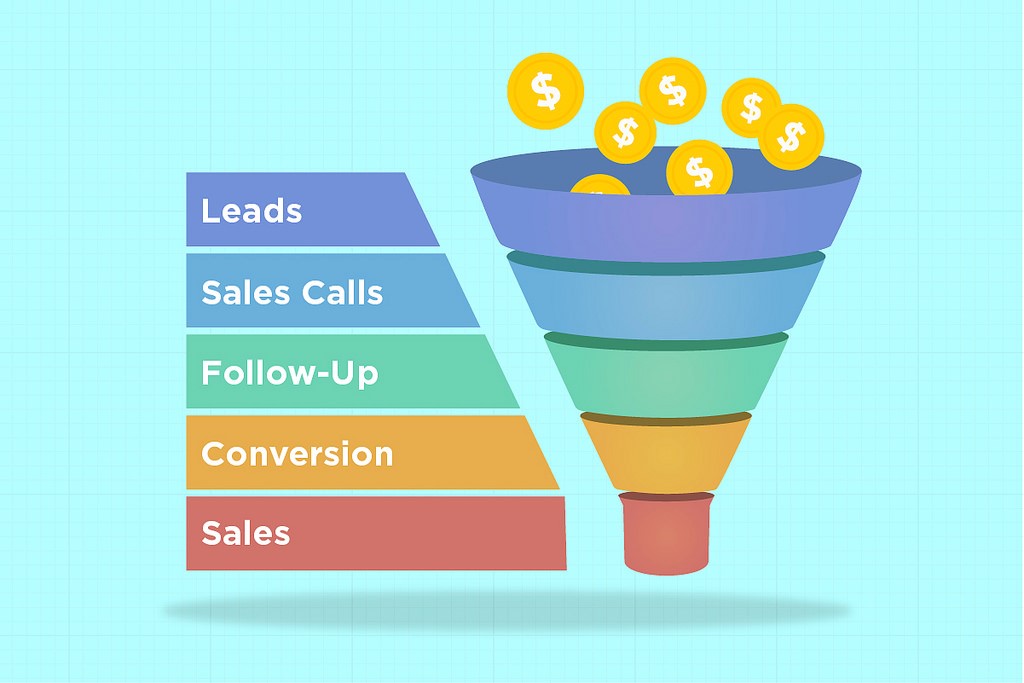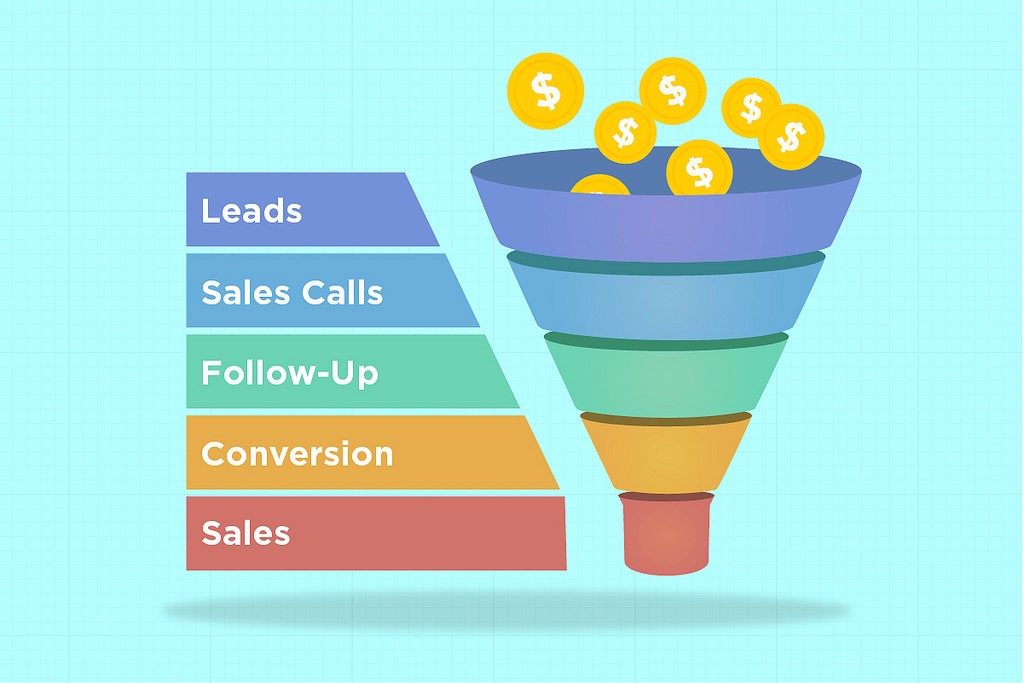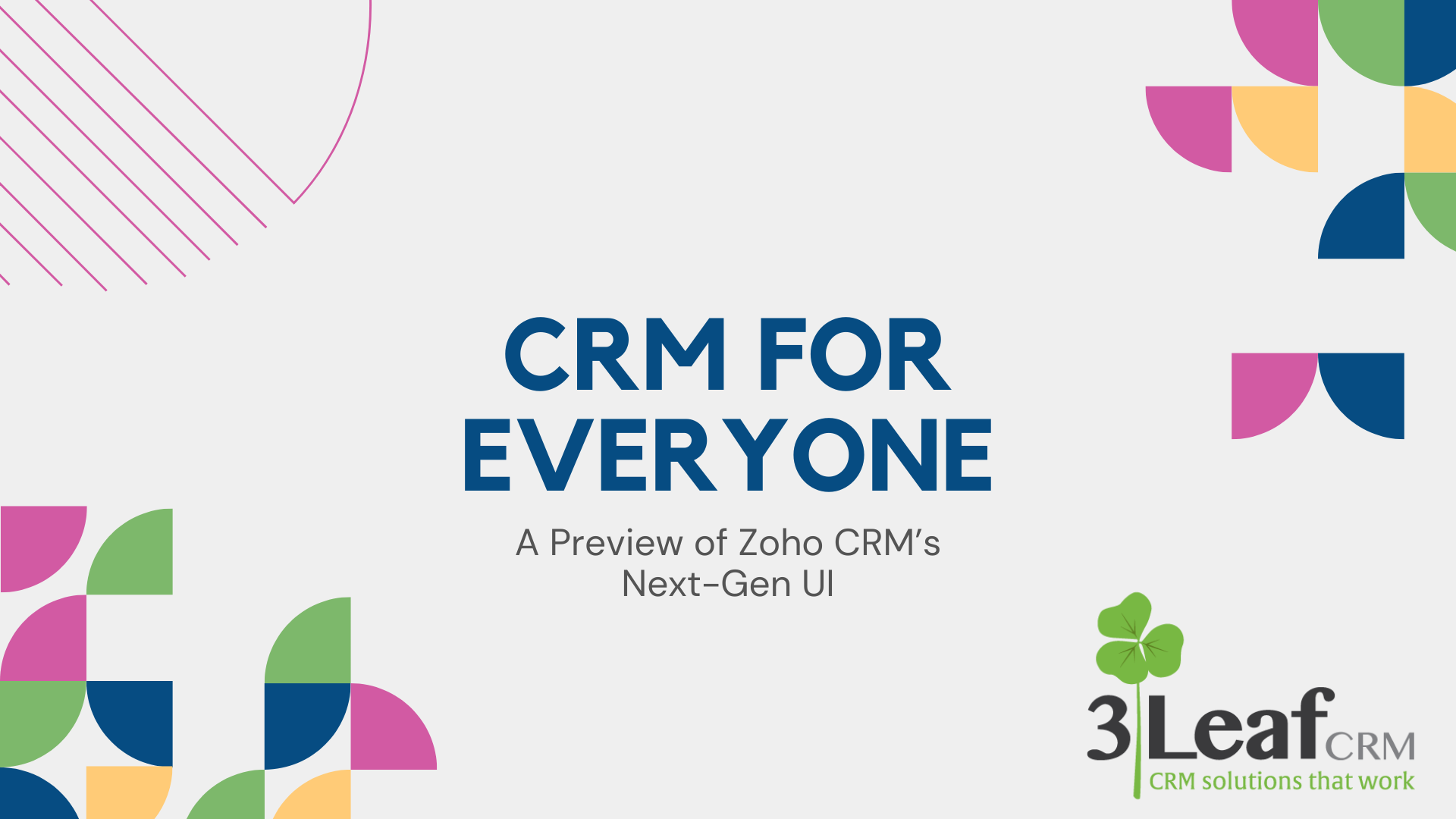10 Tips to Bring Your Sales Funnel Up to Date

The spring fair has come to the area, and I can’t help thinking about my favorite midway treat, funnel cake. In the world of word association that is a writer’s brain, it’s led me to consider that tried-and-true marketing classic—the sales funnel.
The sales funnel may not be as tasty as deep fried dough topped with sugar (or as unhealthy), but it’s vital to any company’s long-term success. Finding the right leads and then maximizing the number who move through the process to a successful close—well, that’s the annual bottom line right there.
 (1)
(1)
Tips and tricks for optimizing the sales funnel have been around since the Roaring 20s,[2] but with the changes in our personal interactions happening online, many of us could use an update. What are the latest best practices? Here are a few thoughts:
- Figure your funnel. Some disturbing research says that 68% of B2B (business to business) companies haven’t charted their sales funnel at all. This is an older study from 2012, but if you are still among the foot-draggers, stop reading now and go back to basics. How do you plan to move from leads to sales calls and convert after follow-ups?
- Segment wisely. Let’s talk about those leads. It’s easier than ever to use CRM technology to slice and dice databases. Don’t pass up these tools for understanding your prospect audience and tailoring the sales process to their needs. You might find more than one ideal funnel, depending on the lead source.
- Enable self-service. The old-fashioned funnel assumed a lot of cold calls and in-person and phone follow-ups, but today’s audiences have different expectations. More than half of customers want to research before making contact. And prospects who are in touch still want to dig around on their own in order to reach a final decision. Make sure your marketing efforts allow for self-education. An informative website or a responsive social media presence that reflects your brand can help.
- Make the next step easy. Fear of commitment is as much a part of sales relationships as any other. Avoid scaring prospects off with a big leap from “interested” to “sign me up!” Instead, provide a simpler way to engage. Can they leave a question on a blog or download a white paper with an email registration? Those options are a lot less daunting than shelling out the bucks.
- Leverage low-cost communications. Automated email follow-ups, for example, are a great way to advance prospects along the pipeline without burning a lot of reps’ time. In some fields, creating a free email “course” is a one-time investment that can supply value to hundreds of potential customers while positioning the subject matter on your terms (to tee up your products!).
- Go mano a mano. Not into battle but to a face-to-face meeting. As more business owners are using technology to avoid direct interaction—from cold-calling to client pitches—sometimes the personal touch can make a company stand out more than it did in the past. Just focus these efforts on the highest priority opportunities.
- Live chat. More evidence that getting personal works—a Forrester Research in study found 44% of online customers considered a live person answering their questions during an online purchase to be one of the most important website features. If you’re in the B2C world, consider whether you can incorporate this tactic, or think of other ways to shorten the turnaround time to respond to customer communications.
- Educated = satisfied. An oldie but goodie, use the follow-up and conversion processes to educate prospects, so they know what they’re buying and don’t feel duped after the fact. This is a never-die way to retain those hard-won customers—before you even win them!
- Integrate targeted content. For example, offer a free shipping coupon to customers who abandoned their online shopping cart before buying. Shape your own offers by asking why a certain group of prospects stalls in the funnel and what perk or technique might encourage them to move forward.
- Get to the point. Sometimes sales professionals treat the funnel like a term paper. A proposal should be 10 pages of layout glory and an in-person pitch must last 50 minutes plus Q&A. What if you did more with less of the prospect’s time? Getting a reputation as someone who can cut to the chase in 10 minutes might have more people willing to fit you in before they run off to coach their kid’s lacrosse.
A bonus tip—use those metrics! Detailed reports available in today’s CRM systems aren’t there to look pretty. Technology now facilitates split tests of the finest points of the sales process. What’s the difference if you wait two days versus one week to call a customer who dropped a card in your box at a trade show? Is a call or an email the best second contact? It’s easy enough to find out. Do well thought-out experiments and track the results. Over time, you can make your sales funnel more of a Slurpee straw that sucks customers right in.
[1] Creative Commons image: https://www.flickr.com/photos/152123747@N06/32061723664
When using this image please provide photo credit (link) to: www.listshack.com per the terms here: www.listshack.com/image-collection



